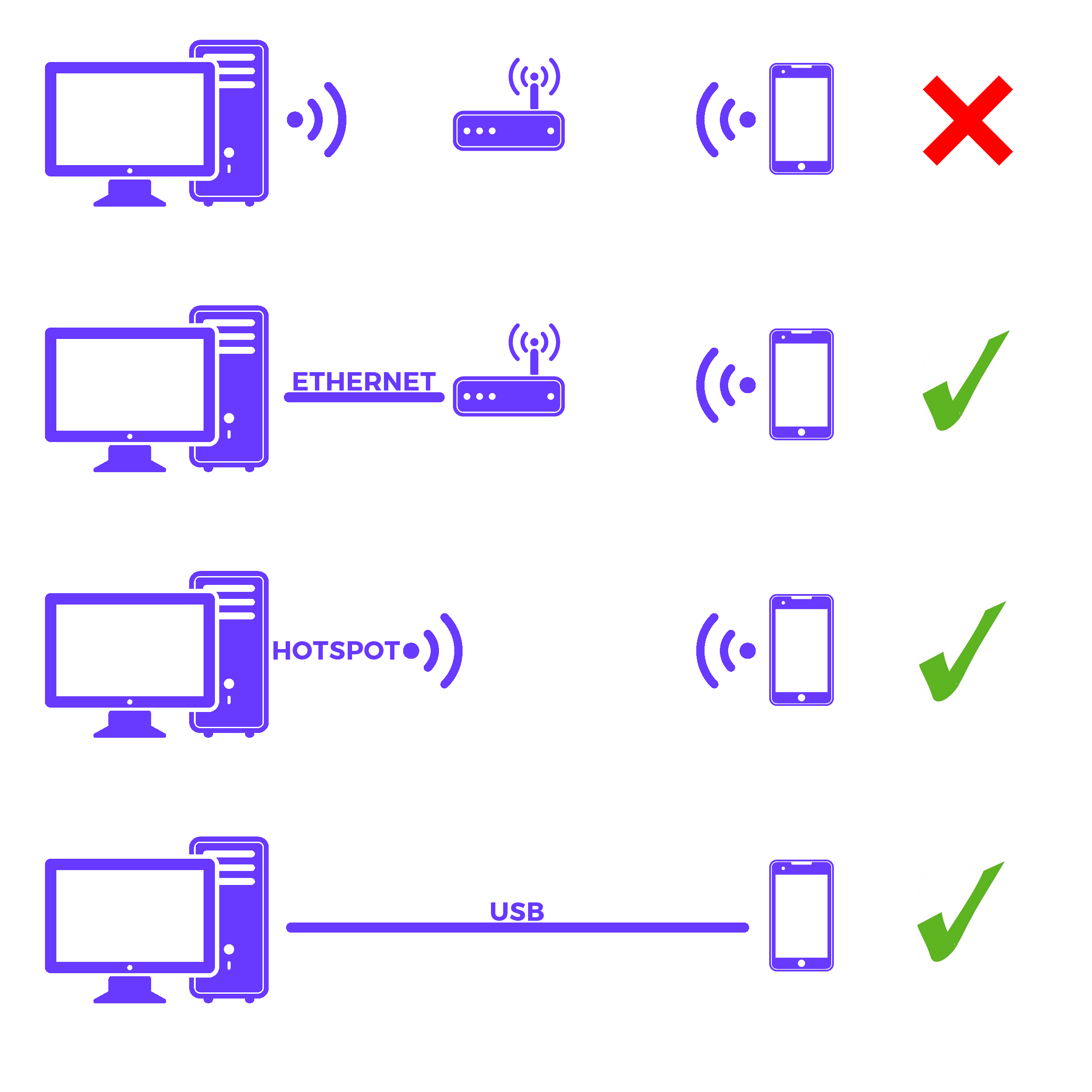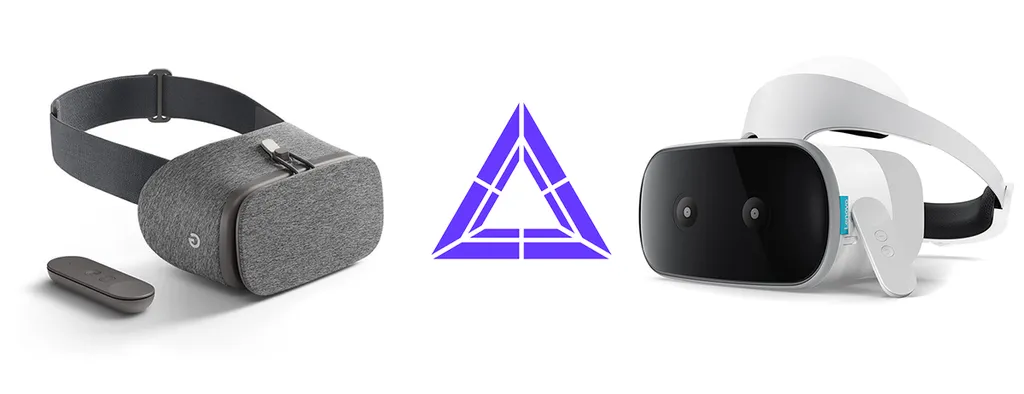Trinus VR, an app which uses video streaming via your WiFi or USB to let mobile and standalone VR headsets act as if they were PC VR headsets, launches in early access today for Daydream. Daydream is Google’s VR platform which runs on compatible smartphones and the Lenovo Mirge Solo standalone headset.
That means that if you have a Daydream compatible smartphone and a gaming PC, you can grab a cheap DayDream View headset for $50 on Amazon and jump into SteamVR content that doesn’t rely on 6DoF headset or tracked controllers.
If you’re running Trinus with the Mirage Solo, things go to the next level. The software supports the headset’s 6DoF positional tracking, passing it through to SteamVR. You can duck, lean and walk around the experience (provided you disable the Solo’s built in 1×1 meter boundary system). Trinus claims the solution will have the VR game on your PC render at the correct 75Hz refresh rate of the Mirage Solo.
Trinus also claims support for PSVR and Google Cardboard. For Oculus Go and Gear VR users, the open source project ALVR already provides the similar functionality as Trinus for those headsets. Trinus tell us they plan to add support for Go and Gear VR in Q1 2019.

To keep perceived latency low and compensate for dropped frames in the transmission, Trinus incorporates its own asynchronous reprojection on the headset itself. Of course, the problem with Trinus and all apps like it is that image quality and latency still don’t match using a real PC VR headset. This isn’t generally caused by the wireless transmission itself (in fact, Trinus even supports wired over USB) — it’s actually the compression. Neither WiFi nor USB have sufficient bandwidth to transfer the raw image to a VR headset, so compression is used. This introduces artifacts to the image, but it also adds latency because it takes the PC time to encode each frame.
The main thing that prevents Trinus from being a true PC VR solution is Daydream’s controller, however. While it has a touchpad, it lacks even a basic trigger, and is rotation-only 3DoF, not 6DoF positional. Trinus is said to support two controllers at once, but most of SteamVR’s content really needs positionally tracked input to be playable. Trinus really only works well as a solution for playing gamepad games.
Update: Story updated after publication for greater clarity.
























